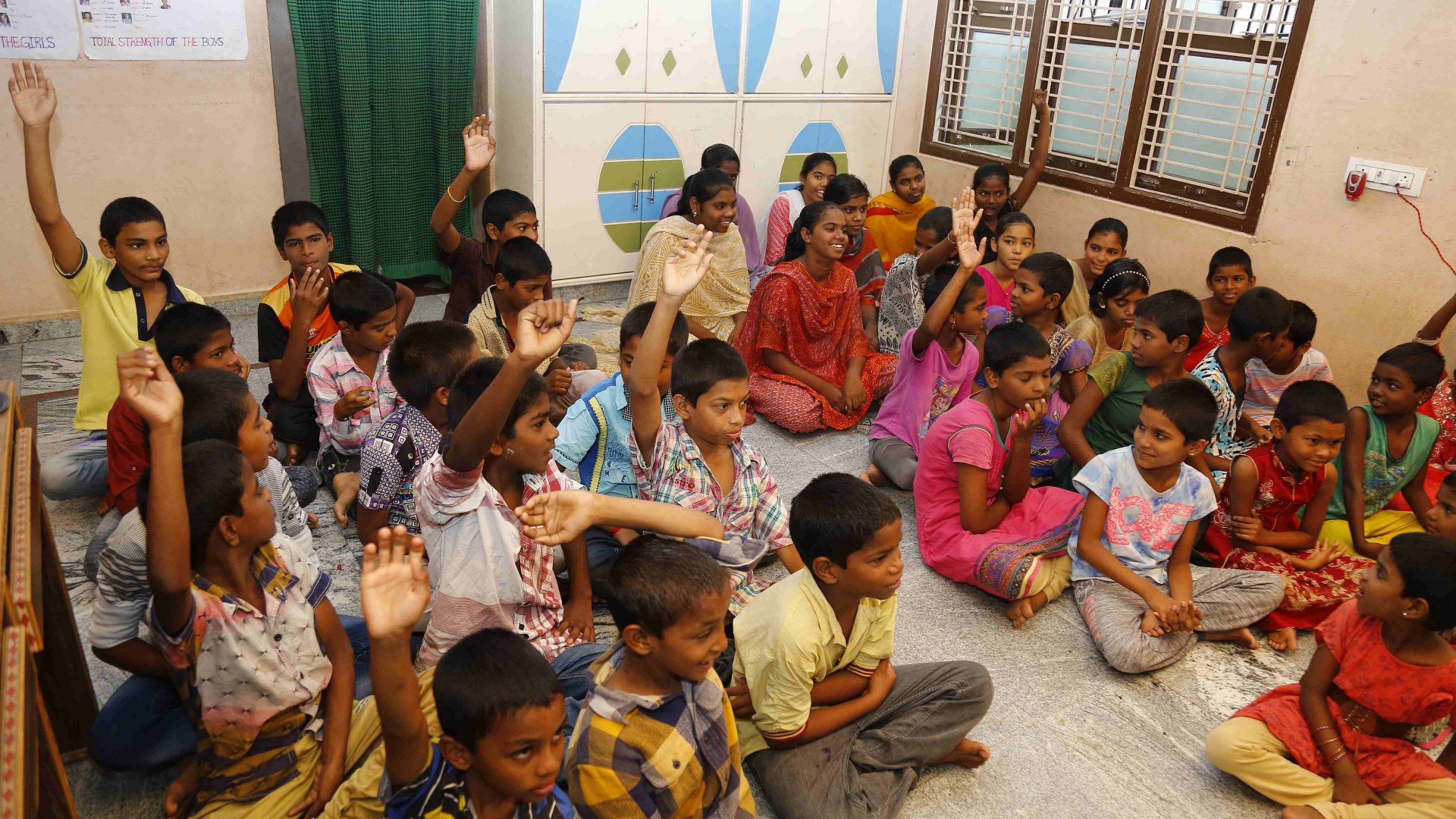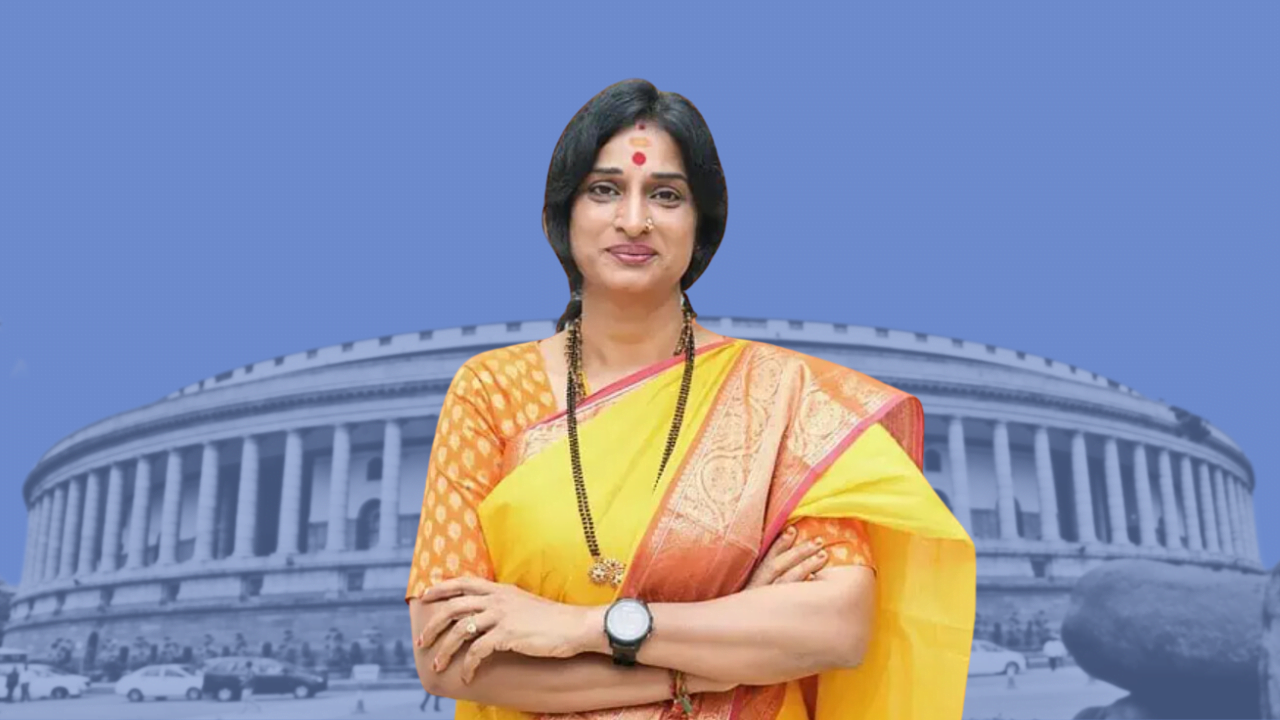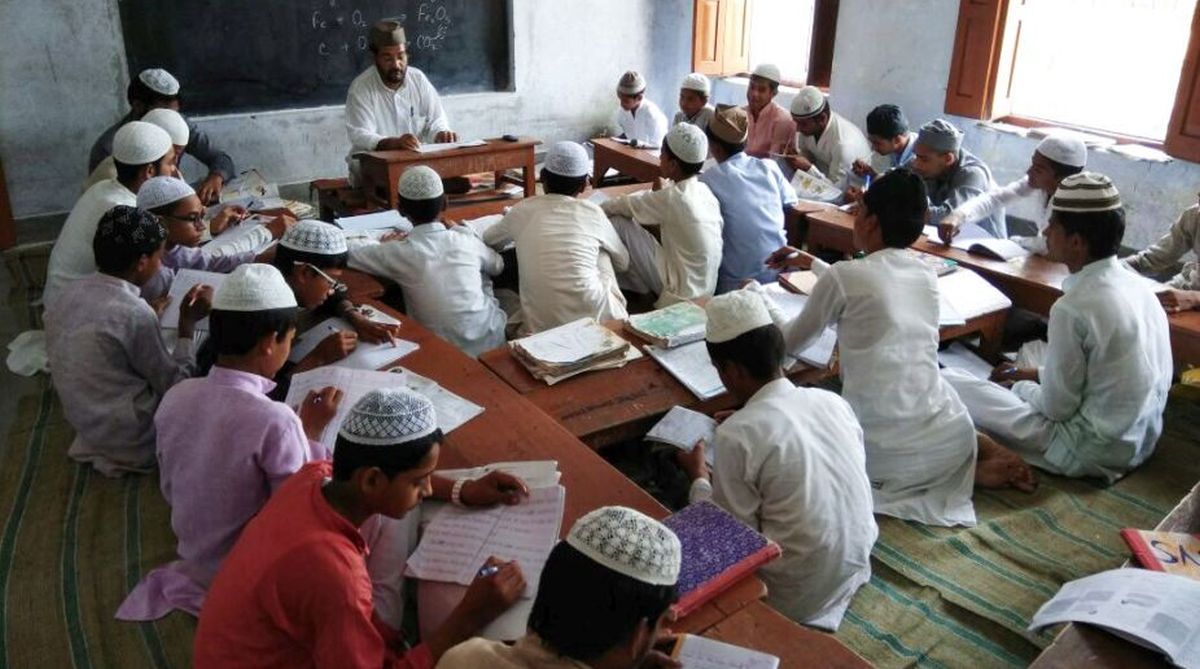Child adoption can generally be defined as a personal, social and legal act whereby an adult accepts a child as their own with a sense of responsibility, care and love. The adoptive parent/parents honour and restore the fundamental rights and obligations of the adopted child. Child adoption involves three participants; the adoptive child, the birth family and the adoptive family. It is due to the integrated involvement of this triad that child adoption acquires the nature of ‘social service’.
Touching on child adoption, specifically adoption of the girl child, data uploaded on the website of the Central Adoption Resource Authority (CARA) reveals that prospective adoptive parent/parents prefer girls over boys in their adoption plan. The CARA data states that in 2019-20 of the 3,351 in-country adoptions there were 1,938 girls and 1,413 boys. In 2020-21 of the 3,142 domestic adoptions 1,856 were girls and 1,286 were boys. Thereby, accentuating a steady escalation in the number of girl child adoptees.
The formal practice of child adoption is governed by a myriad of ethical principles like justice, non-maleficence and benevolence. Talking of justice and unfairness in the context of child adoption in the Indian milieu, it is apparent that there is a lack of equal inclusivity on the basis of the child’s gender identity.
Also read: International Day Of The Girl Child: How Far Ahead Are We In Terms Of Securing The Girl Child?
Gender-specific child adoption is not an essentially detestable practice. However, problem surfaces when the practice acquires a discriminatory disposition in terms of gender preference. The question is, why should child adoption be a gender-neutral practice? In a nutshell, regardless of gender, it is a necessity to recognise the physical, emotional, mental and social needs of vulnerable children. On moral grounds, the effects of gender-neutral adoption orbit around profound ramifications that foster not merely the adoptive parents’ personal interest, but also stand aligned with the widely recognised values of human society.

Generally speaking, with respect to scores of ‘gendered’ discriminatory attitudes and practices that are craned against a girl child in our country, we are well informed about issues such as female infanticide and foeticide, child labour, sexual assault and exploitation, trafficking, limited educational opportunities, insufficient care, etc. These practices are a spin-off of gender bias against the girl child that patently concerns negative socio-cultural attitudes towards them and positive towards the male child. B.D. Miller fittingly highlights this attitudinal truth:
“The problem is that son preference is so strong in some areas of India and amongst some classes that daughters must logically suffer in order that families’ perceived and culturally mandated needs are fulfilled.”
Also read: Normalising Adoption: Belongingness Does Not Only Depend On Biological Parenting
With the passage of time, multiple constitutional mandates have been devised to offer progressive and radical lines of actions that have consequently, accelerated change in the form of consciousness raising, elimination of gender-based discrimination and attainment of welfare of the girl child.
Touching on child adoption, specifically adoption of the girl child, data uploaded on the website of the Central Adoption Resource Authority (CARA) reveals that prospective adoptive parent/parents prefer girls over boys in their adoption plan. The CARA data states that in 2019-20 of the 3,351 in-country adoptions there were 1,938 girls and 1,413 boys. In 2020-21 of the 3,142 domestic adoptions 1,856 were girls and 1,286 were boys. Thereby, accentuating a steady escalation in the number of girl child adoptees.
The social practice of girl child adoption indubitably contributes to the protection and improvement of the conditions of the girl child. Ironically, statistics also proclaim that there are more girls ‘in need of adoption’ than boys in the country. There is a greater availability of girls. Now, let us ask, is this the reason behind girl child preference in adoption? Does this preference actually contribute to the constructive annihilation of gender discrimination against the girl child? Does this serve as a step towards social and moral upliftment of the status of the girl child?
Does rural India recognise the need for girl child adoption? Well, the situation may not be the same for villages and small towns where people still prefer sons over daughters. Generational obsessive preference for sons in rural India is rooted in the prevalent patriarchal system that has ultimately indoctrinated into a gender biased situation, thereby, disregarding the value and capacity of daughters.
Let us delve into the deeper implicit gradation of the phenomenon. Yes! Girl child preference in adoption indubitably echoes progressive and idealistic messages. Even so, this vindication also spotlights the sour and steely reality of girl children in India. Girl child adoptive preference acts as a reminder of the grim socio-existential status of the girl child.
“The fact that more girls are being adopted in India as compared to boys stems from the reality that more and more girls are being abandoned who find their way to adoption and rescue centres.”

Rising change in people’s attitude and perspective towards girls in recent times is legibly discernible through the change in gender preference in adoption practices. Anyway, it is also statistically evident that this attitudinal change chiefly triumphs in urban pockets. Urban parents adopt girls not just as a matter of last resort, but also to make a conscious difference. They are sensitive and responsive to the socio-cultural prejudices faced by the girl child in India. They take the ‘availability’ factor as an ‘opportunity’ and advance towards equality, fairness and social change.
Also read: Why Do Courts Curb Adoption Rights For LGBTQIA+ Couples?
In the urban realm, prospective parents devise an environment of acceptance, development, and holistic welfare. The adoption process, thereby, develops into a non-partisan and all-inclusive operation wherein the ‘moral status’ of an adoptive girl child gets consideration along with their ‘social position’. More than fetching social change, such an adoption process subscribes to the interests and prospects of the child in question.
In sum, such girl centric adoption may be identified as a major reformative step towards gender equality and social and moral emancipation of the girl child. However, few questions surface-Are the stereotypes being challenged in the rural realm? Does rural India recognise the need for girl child adoption? Well, the situation may not be the same for villages and small towns where people still prefer sons over daughters. Generational obsessive preference for sons in rural India is rooted in the prevalent patriarchal system that has ultimately indoctrinated into a gender biased situation, thereby, disregarding the value and capacity of daughters. It is noted that girls are still being abandoned and killed in rural pockets, rather than being brought into shielded and caring homes.

Thus, when we talk about the upsurge in girl child adoption, it still remains a concerning issue in rural India. This issue pertains to something beyond the lack of general awareness, unavailability of adoption centres and financial support. It encompasses a greater problem; an ‘ideological’, ‘dogmatic’ and ‘structural’ problem!
In this climate, one may ask-“Is girl child adoption actually the winds of change?”




